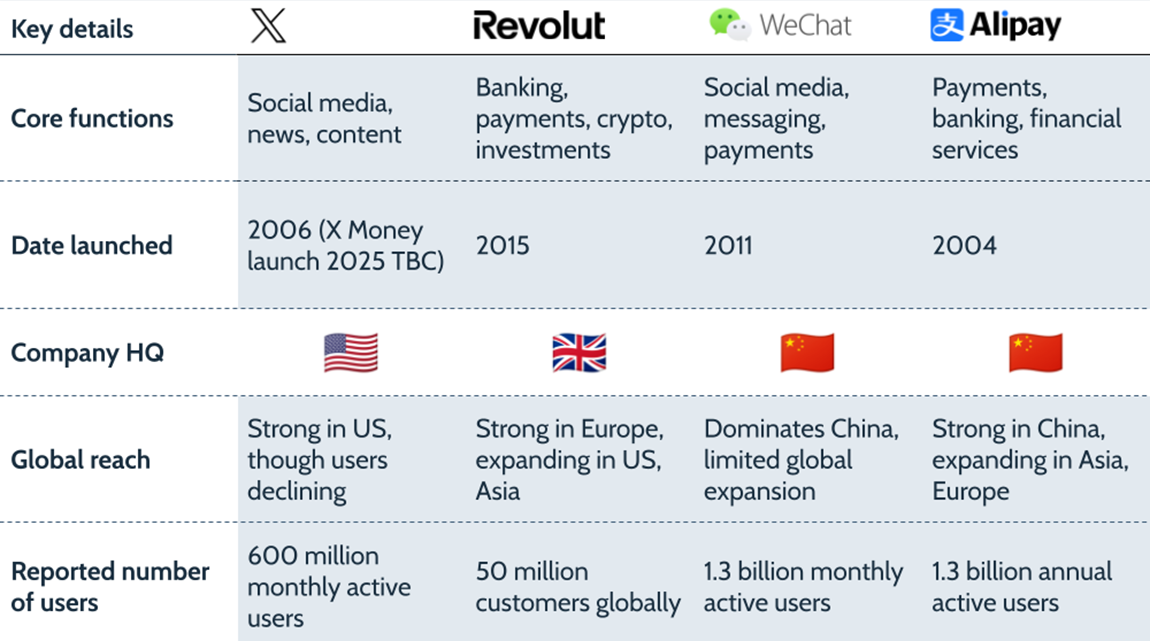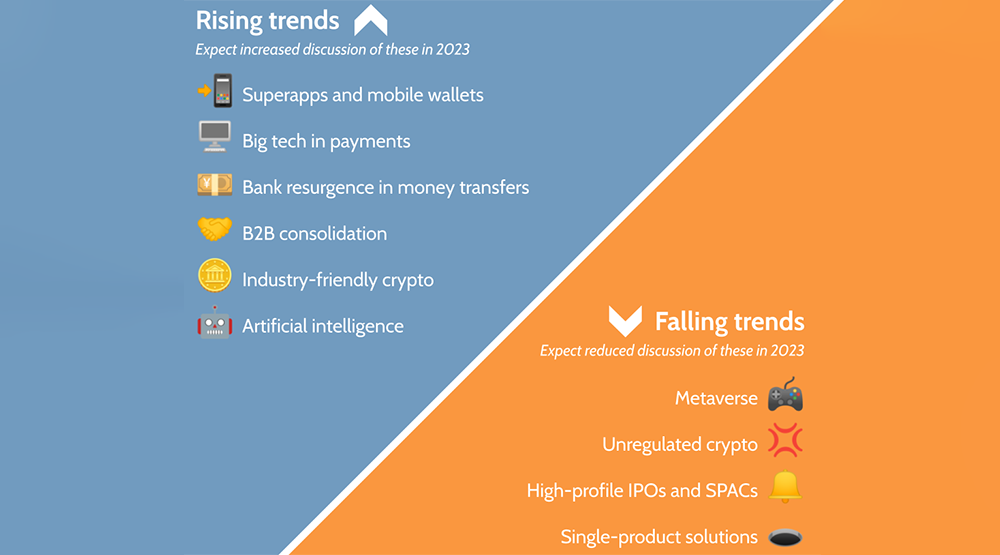Last week we saw the publication of Curve’s FY 2020 results, which raise some interesting questions about the company – particularly around profitability.

Curve allows consumers to combine all their cards in one virtual wallet and supporting card, on top of which it offers additional services such as cashback on purchases globally and lower travel costs compared to traditional cards. It also allows users to retrospectively switch payments between cards from different providers.
Travel is key to Curve’s offering, particularly for its premium services that include travel insurance, lower FX rates and discounted airport lounge access for a monthly fee, so it’s no surprise this proved to be a challenge in 2020. Brexit was also an issue, necessitating the acquisition of a Lithuanian eMoney licence to continue serving its EU customer base, as was the collapse of Curve’s issuer Wirecard.
Despite this, its approach has seen it consistently pick up users – which nearly doubled in 2020 to around 2 million customers (and was 2.6 million as of June 21). Revenue dependence on interchange has declined over recent years, but the revenue per user is still well below any super-app peer.
But to get there, the company has seen its costs surge – resulting in mounting losses. Its 2020 operating loss was £37.9m, compared to a loss of £6.5m in 2018. The biggest cause of this is a significant increase in staff – Curve added an extra 100 in 2020 – as it prioritises growth rather than profit. To keep this approach going, Curve has had to raise additional funds, including a Series C round that closed in January 2021 where it raised $95m (£70m). In May it also completed a £9m equity crowdfunding round.
The company’s plan is to become an “App Store for money” – a goal it sees as around 3-4 years away, and which will include the addition of crypto, insurance and other consumer finance products. It has already begun this in 2021 with the launch of its BNPL offering Curve Flex.
However, with such mounting losses, there are questions about whether it can achieve the kinds of exponential revenue growth we saw with the likes of Wise and Revolut to sustain this model. By the same age, Wise had amassed nearly 7 times as much revenue and Revolut a massive 22 times. Does the market need another super-app? And let’s not forget PayPal and now Coinbase are major players too. Let’s see.


